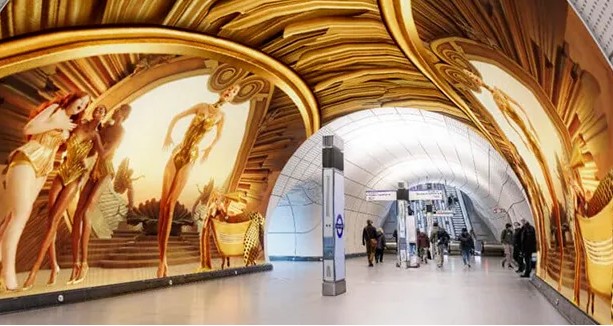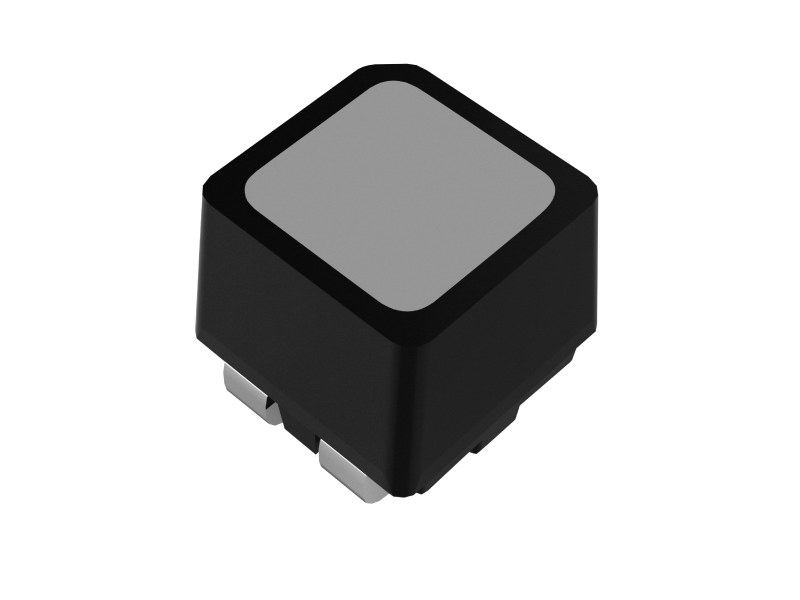As smart city infrastructure evolves, London is once again leading the charge. With the announcement of a new “tunnel wrap” LED display project on the Elizabeth Line, the digital out-of-home (DOOH) industry is witnessing a landmark case in immersive transit advertising. The project makes the Elizabeth Line the world’s first rail network to introduce this kind of immersive LED tunnel experience, setting a new standard for public transport advertising.

London’s Elizabeth Line will turn into an LED tunnel.
According to UK-based media company Global, four 10-meter-long curved LED screens will be installed along the Elizabeth Line’s pedestrian tunnels. This initiative marks one of the boldest integrations of immersive LED advertising in a live commuter environment.
With DOOH technologies evolving rapidly, transit spaces are becoming fertile ground for impactful audience engagement. Immersive LED displays are no longer just visual tools—they’re designed to transform passive commuters into active content participants. This marks a shift in focus from simple visibility to experiential content value.
The Elizabeth Line project is just one part of a broader modernization of Transport for London’s (TfL) advertising infrastructure. Global has announced plans to install more than 1,000 new digital display screens across key stations, calling it the largest digital transformation in the history of London’s Underground advertising network.
Another headline initiative will be located in London’s Waterloo station, where an immersive 160-meter-long moving walkway will be outfitted with eight large-format LED displays and enhanced with sound, scent, motion sensors, and 3D visual effects. This multi-sensory experience model could become a blueprint for high-value transit media installations worldwide.
Sustainability is increasingly integral to AV and LED display design. Global emphasized that their new LED deployments are built around eco-conscious principles—using solar-powered components, carbon-neutral materials, and modular systems for easy maintenance.
For the LED industry, this trend underscores a broader movement: future-ready displays must be both visually powerful and environmentally responsible. Green DOOH is rapidly transitioning from a differentiator to an industry standard.
In tandem with the hardware rollout, Global also introduced “Access All Audiences”—a data analytics and media buying platform. By combining anonymized foot traffic data from TfL with third-party audience insights, the tool enables advertisers to target audiences more precisely based on journey behavior, dwell time, and location patterns.
This move signals a broader shift in DOOH—from mass exposure to measurable conversion. For advertisers and screen providers alike, the ability to deliver dynamic, audience-aware content will become a key competitive edge.
The Elizabeth Line LED tunnel project provides a powerful case study in the future of public transit advertising. From immersive LED content and sustainable design to data-powered targeting and sensory-rich installations, every layer reflects the convergence of creativity, technology, and strategy.

Kinglight 1112-BB LED
For LED display manufacturers, AV integrators, and DOOH innovators, the message is clear: public transportation hubs are evolving into premium audiovisual media platforms. Those who can offer holistic solutions—blending immersive tech, sustainable engineering, and real-time data—will lead the next wave of digital signage innovation.